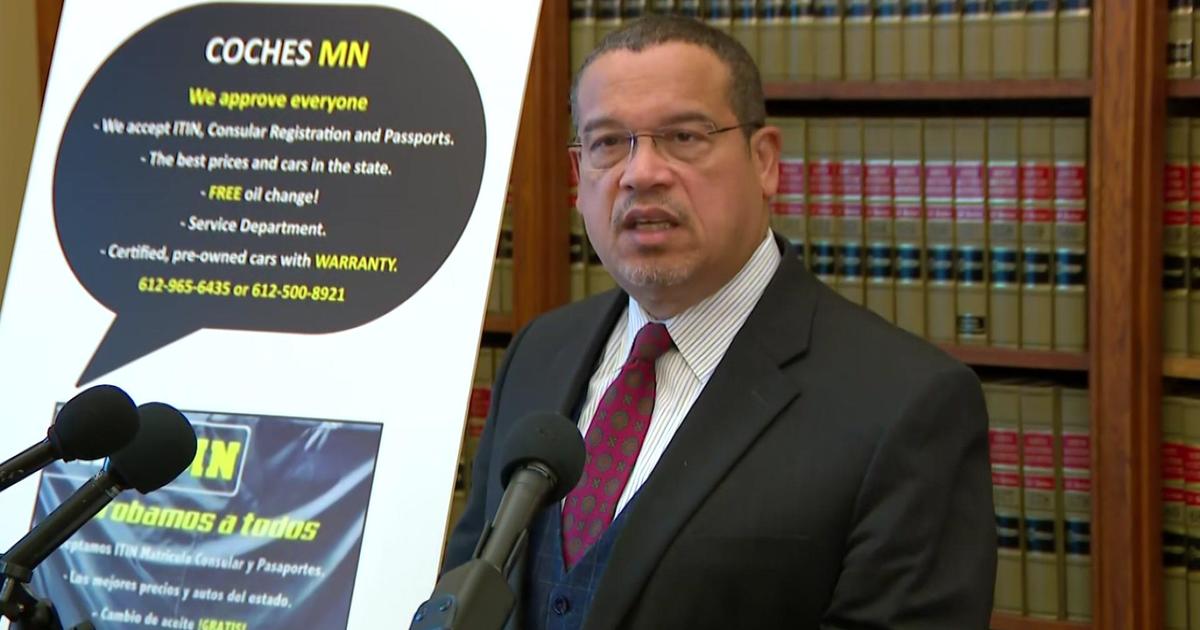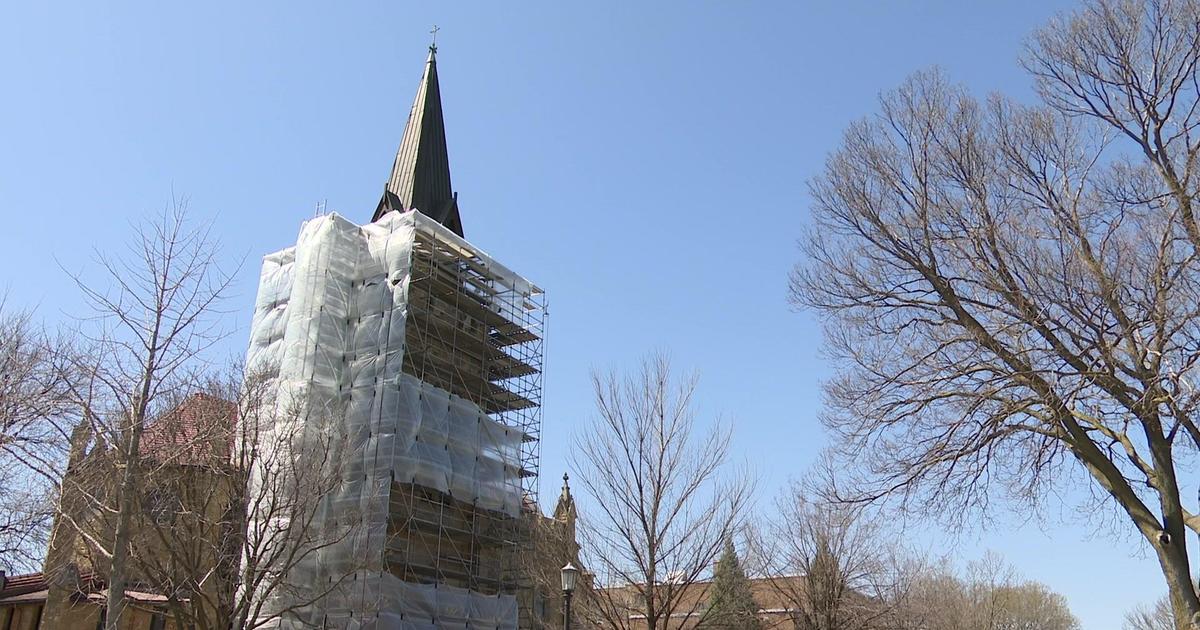Minn. Gay Marriage Ban Trails In Early Returns
Results: Marriage Amendment
MINNEAPOLIS (AP) — Two proposed constitutional amendments split Minnesota voters nearly evenly on Tuesday, with partial returns running slightly against a gay marriage ban and a photo ID requirement to vote in future elections.
With almost half of precincts reporting, the gay marriage ban was being rejected by a small margin. The photo ID proposal was also failing by a few percentage points. Both races tightened as returns continued to trickle in; both amendments were losing big in Twin Cities-area counties, and mostly leading in greater Minnesota.
Both measures sparked campaigns that were far more heated than usual for constitutional amendments. The marriage amendment mobilized thousands of volunteers and attracted more than $16 million in campaign contributions, drawing more passion than the state's presidential or Senate contests. Voters held strong opinions.
Minnesota already has a law against gay marriage, but the amendment would harden that by putting it into the constitution.
Kevin Gensch, a human resources manager, is gay but said that's not why he voted against the ban.
"I don't think the constitution should be amended for any reason for a social issue," said Gensch, 34, after voting in St. Louis Park, an inner-ring Minneapolis suburb. "This is marrying church and state by putting this kind of amendment on the constitution. It doesn't belong there."
In Minneapolis, first-time voter Assan Shire voted for the gay marriage ban.
"I don't want gay marriage. I think it is wrong," said Shire, voting at a community center in the city's diverse Phillips neighborhood.
According to exit poll data, the marriage ban was opposed by a majority of women and backed by a majority of men. Votes were also divided by age, with voters under 50 against it by a substantial majority and those over 50 strongly in favor. Seven in 10 voters who attend religious services, and four in five born-again or evangelical voters supported it. The vote also split by party lines: three in four Democrats said they voted against it, and three in four Republicans backed it.
Besides Minnesota, gay marriage is on the ballot in three other states this year — Maine, Maryland and Washington. Maine voted to legalize gay marriage, a key win for gay rights activists and their allies who had previously never won a statewide vote on marriage rights after 32 previous tries around the country. The Maryland and Washington races were too close to call.
The decision was different in the other three states, where the vote was whether or not gay marriage should be legal. Strategy for all four campaigns, including Minnesota's, was directed by Frank Schubert, a California-based consultant who's become the nation's top political operative trying to stop the spread of gay marriage.
Opponents of Minnesota's amendment tried to persuade moderate and swing voters, aiming their TV ads at married couples and straight men in particular. That drew backlash from some gay activists, dismayed that none of the ads actually featured speaking parts for gay people who would be most affected by the amendment. The campaign also reached out more widely to various demographic groups, using narrowly targeted phone banks to reach senior citizens, younger voters and various ethnic and minority groups. The campaign for the amendment targeted much of its get-out-the-vote efforts on churchgoers.
Amendment supporters said it was necessary to keep legislators or judges from someday forcing gay marriage on the public. Opponents called it discrimination.
Both the marriage amendment and the photo ID measure were put on the ballot by the Republican-controlled Legislature, and reflected longtime conservative goals.
Democratic politicians argued that photo ID is meant to make voting tougher for certain groups that tend to favor Democrats: elderly people, the poor, college students and members of minority groups. Local government officials have also said the ID requirement would be a costly mandate.
Photo ID opponents complained at one point that they weren't getting enough support from liberal groups because they were focused on the gay marriage amendment.
A quirk in Minnesota law means a ballot where the voter skips one or both of the amendments is counted as a "no" vote against the amendment that was skipped. That makes the bar higher for passage. But high interest in Minnesota's two proposed amendments suggested few voters would skip the questions.
Some voted against the gay marriage ban but in favor of the photo ID requirement. Terri Montbriand, a medical secretary voting in Bloomington, said she voted against the ban because she knows gay people and thinks anyone who wants to make a commitment to another person should be respected. She was more torn on the photo ID measure but ultimately backed it.
"I guess I didn't think it was difficult to have to show an ID, in my mind," Montbriand said.
(© Copyright 2012 The Associated Press. All Rights Reserved. This material may not be published, broadcast, rewritten or redistributed.)



